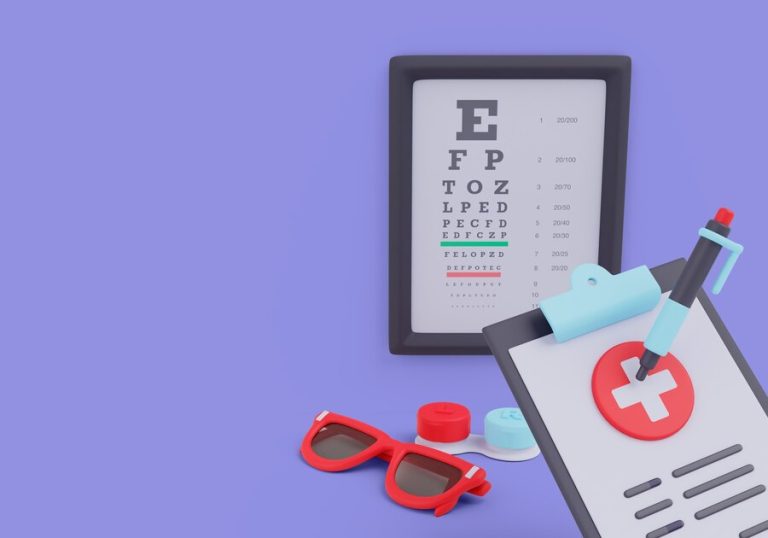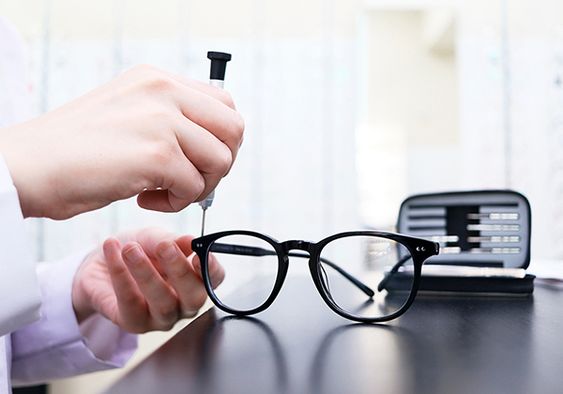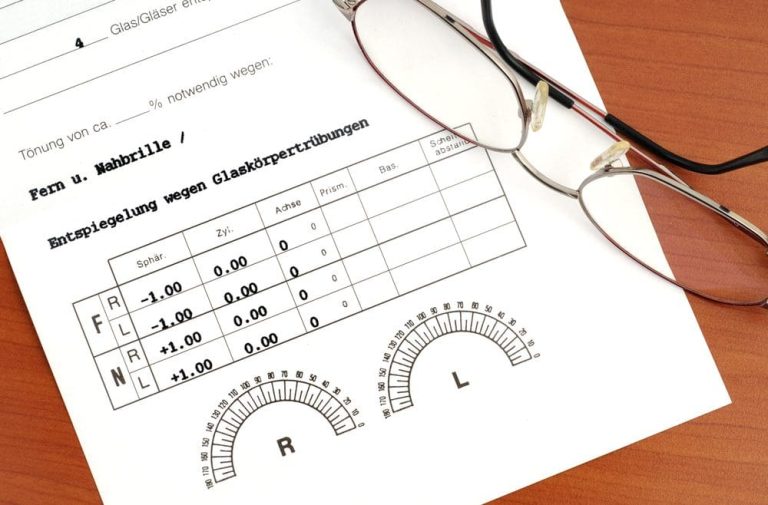How To Read And Interpret Your Eyeglass Prescription
For those who wear eyeglasses, understanding your eyeglass prescription is crucial for obtaining the right lenses to correct your vision. The prescription, written in a specific format, contains essential information that guides opticians in crafting lenses tailored to your unique visual needs. In this article, we’ll delve into the intricacies of eyeglass prescriptions, helping you navigate the numbers and symbols to gain a clear understanding of your vision correction needs.
Anatomy of an Eyeglass Prescription
Before we dive into deciphering the prescription, it’s essential to know the key components typically found on an eyeglass prescription. While prescriptions may vary slightly, they generally include the following elements:
OD and OS:
These acronyms represent the terms “oculus sinister” (left eye) and “oculus dexter” (right eye), respectively. The prescription will often have separate values for each eye.
Sphere (SPH):
The sphere value indicates the primary lens power needed to correct nearsightedness (negative values), farsightedness (positive values), or astigmatism. The unit of measurement is diopters (D).
Cylinder (CYL):
If you have astigmatism, the cylinder value specifies the additional lens power needed to correct the uneven curvature of the cornea or lens. It is measured in diopters.
Axis:
The axis, expressed as a degree between 1 and 180, signifies the orientation of the cylindrical power. It denotes the angle at which the astigmatism correction is placed in the eyeglass lenses.
Addition (ADD):
This value is relevant for bifocal and progressive lenses, indicating the additional magnifying power for reading or close-up work.
Reading and Interpreting the Prescription
Now that we’ve identified the components, let’s explore how to read and interpret your eyeglass prescription step by step.
- Identifying Right and Left Eye Values
Look for the terms “OD” (right eye) and “OS” (left eye) on your prescription. The values associated with each eye represent the specific corrections needed for optimal vision. - Understanding Sphere (SPH) Values
The sphere value indicates the primary correction for nearsightedness (myopia) or farsightedness (hyperopia). A negative value (e.g., -2.50) signifies nearsightedness, while a positive value (e.g., +1.75) indicates farsightedness. The larger the number, the stronger the prescription. - Deciphering Cylinder (CYL) and Axis Values
Your prescription will include cylinder and axis values if you are astigmatic. The cylinder value represents the additional power needed to correct the irregular shape of the cornea or lens. The axis, expressed in degrees, indicates the orientation of this cylindrical correction. Both values work together to address astigmatism effectively. - Recognizing Addition (ADD) for Bifocals or Progressives
If your prescription includes an ADD value, it means you require multifocal lenses for reading or close-up work. This additional power is specifically tailored for the lower portion of the lens. - Reading the Numbers and Their Significance
Understanding the magnitude of the numbers is crucial. Larger sphere values denote stronger prescriptions, while higher cylinder values indicate greater astigmatism correction. The axis value is essential for properly aligning astigmatism correction. - Verifying Pupillary Distance (PD)
Though not always included in the prescription, the pupillary distance (PD) is crucial for precisely aligning the optical center of the lenses with your eyes. It is typically measured in millimeters and may be written as a single number or as separate values for each eye (e.g., 62/60). - Checking for Prism and Base Values (if applicable)
In some cases, prescriptions may include prism and base values, especially if there is a need to address eye alignment issues. The prism value denotes the amount of prism correction required, and the base indicates the direction of the correction (e.g., 2Δ BU). - Considering Additional Notes
Eyeglass prescriptions may include additional notes or specific instructions from the eye care professional. These could relate to lens coatings, specialized treatments, or other considerations that enhance the performance and durability of your eyeglasses. - Seeking Clarification from Your Eye Care Professional
If you find any part of your prescription confusing or if you have questions about the numbers and symbols, don’t hesitate to seek clarification from your eye care professional. They can explain each component in detail, ensuring you have a clear understanding of your visual needs.
Conclusion
Understanding how to read and interpret your eyeglass prescription empowers you to actively participate in your eye care and make informed decisions about your eyewear. The combination of sphere, cylinder, axis, and additional values provides a comprehensive guide for crafting lenses that precisely correct your vision. Regular eye examinations are essential for maintaining optimal eye health, and a clear understanding of your prescription ensures that you receive the right corrective lenses to enhance your visual acuity and overall well-being.








